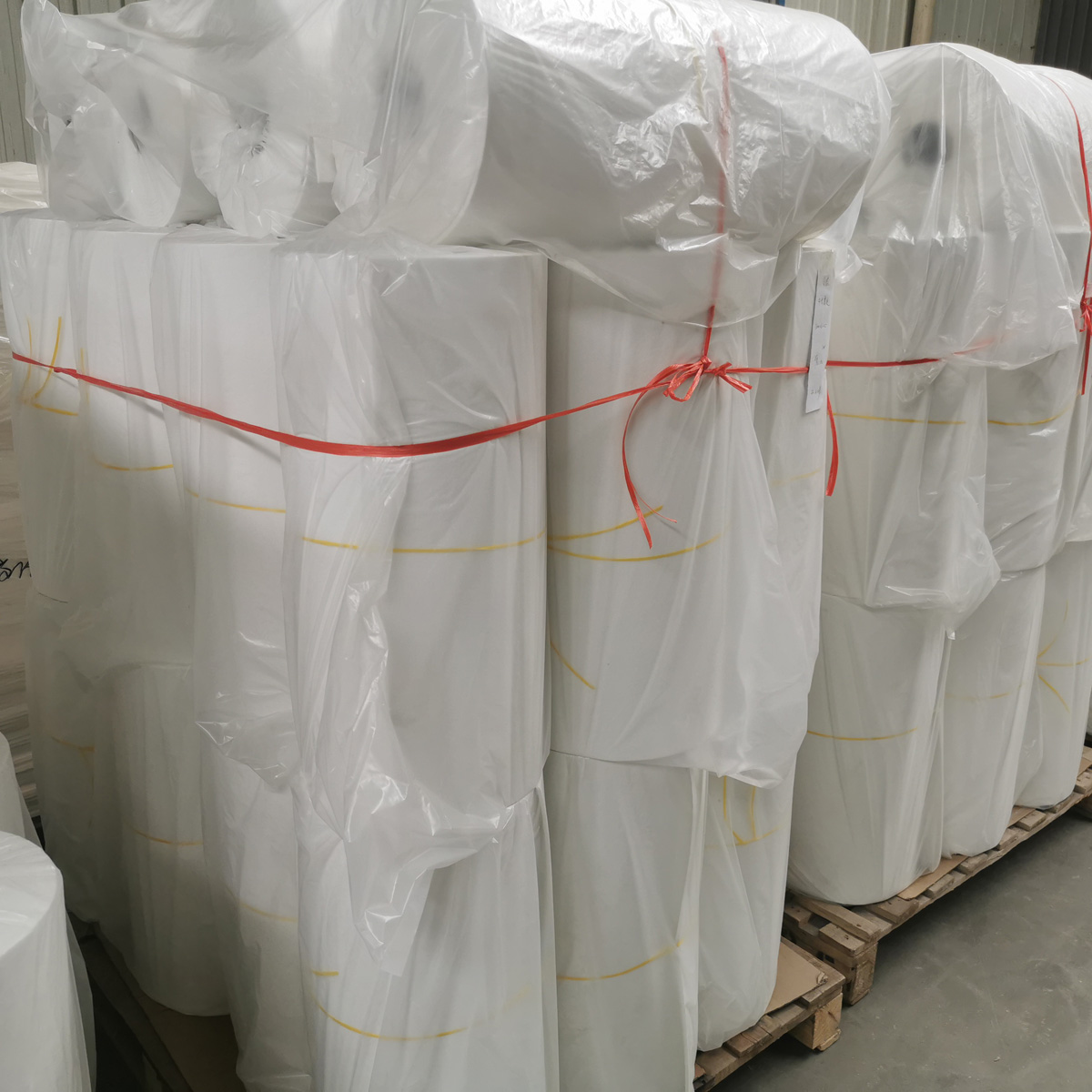Ceramic fiber papers with a classification temperature of 1260°C (approximately 2300°F) are often used in industrial settings where they may encounter chemical environments.
These papers are known for their resistance to chemical corrosion due to the following characteristics:
- Composition:
- 1260°C ceramic fiber papers are typically composed of high-purity alumina-silica fibers. The high alumina content contributes to their resistance to various chemicals.
- Alumina-Silica Composition:
- The combination of alumina (aluminum oxide) and silica (silicon dioxide) provides excellent resistance to chemical corrosion. Alumina is known for its resistance to acidic conditions, and silica contributes to resistance against alkaline substances.
- Inorganic and Non-Combustible:
- Ceramic fiber papers are inorganic and non-combustible materials. Being inorganic, they do not undergo chemical reactions with many corrosive substances, enhancing their resistance to chemical attack.
- Stable at High Temperatures:
- These papers maintain stability at high temperatures, and their chemical resistance is often enhanced in elevated temperature environments. This makes them suitable for use in high-temperature industrial processes where chemical exposure may occur.
- Low Thermal Conductivity:
- Ceramic fiber papers have low thermal conductivity, which means they are less likely to transfer heat to the environment. This property can contribute to their stability when exposed to chemical substances, as excessive heat may sometimes accelerate chemical reactions.
- Non-Wetting Properties:
- Ceramic fiber papers may exhibit non-wetting properties, which means they resist wetting by molten metals or other substances. 1260C ceramic fiber paper This characteristic can prevent the absorption of corrosive liquids and contribute to their resistance to chemical corrosion.
- Chemically Inert Nature:
- The chemically inert nature of alumina-silica fibers in these papers makes them less susceptible to attack by acids, bases, and other corrosive chemicals commonly found in industrial settings.
- Resistance to Acidic and Alkaline Solutions:
- Ceramic fiber papers with high alumina content are generally resistant to acidic solutions, such as sulfuric acid and hydrochloric acid, as well as alkaline solutions like sodium hydroxide.
- Appropriate Binder Systems:
- The binder systems used in the manufacturing of ceramic fiber papers are selected to be compatible with the chemical resistance requirements. Proper binder selection enhances the overall resistance of the paper to chemical corrosion.
- Corrosion Testing and Certification:
- Manufacturers often subject ceramic fiber papers to corrosion testing to evaluate their performance in specific chemical environments. Certifications may be available based on industry standards to ensure that the papers meet specified corrosion resistance criteria.
While ceramic fiber papers are generally resistant to chemical corrosion, it’s important to consider the specific types of chemicals, concentrations, and temperatures they will be exposed to in an industrial setting. Proper material selection, based on a thorough understanding of the application requirements, helps ensure the optimal performance of ceramic fiber papers in chemical environments.
